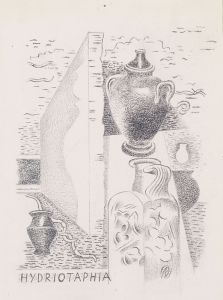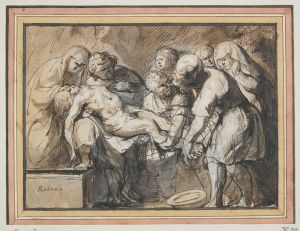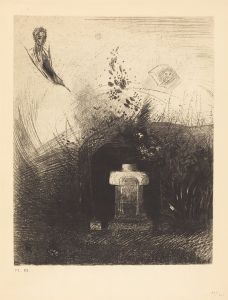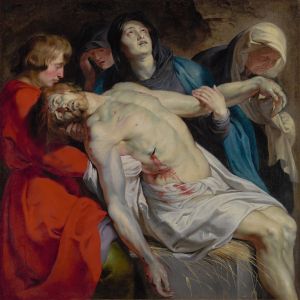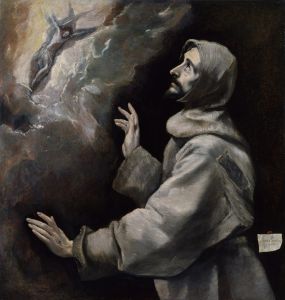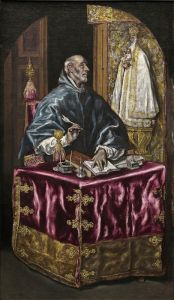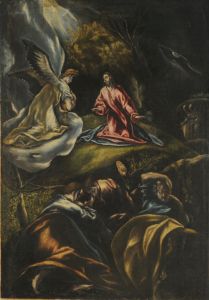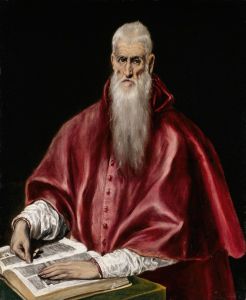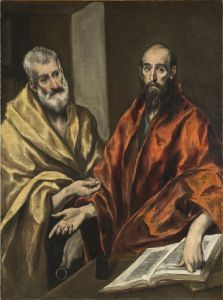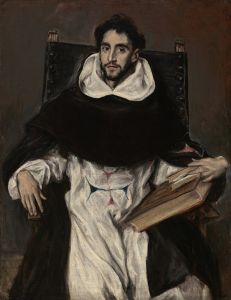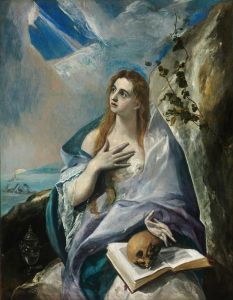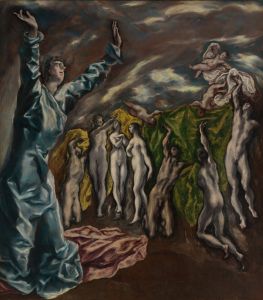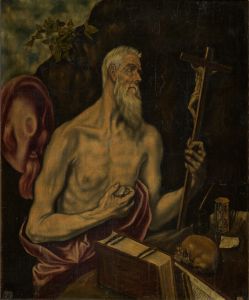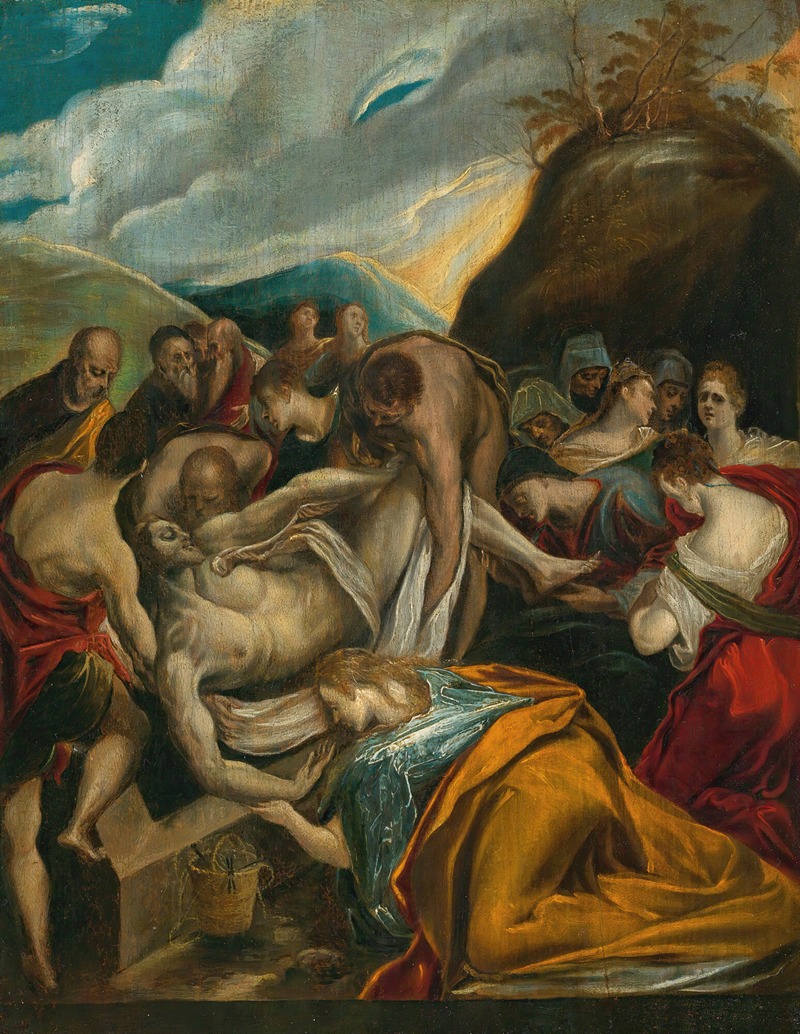
The Entombment Of Christ
A hand-painted replica of El Greco (Domenikos Theotokopoulos)’s masterpiece The Entombment Of Christ, meticulously crafted by professional artists to capture the true essence of the original. Each piece is created with museum-quality canvas and rare mineral pigments, carefully painted by experienced artists with delicate brushstrokes and rich, layered colors to perfectly recreate the texture of the original artwork. Unlike machine-printed reproductions, this hand-painted version brings the painting to life, infused with the artist’s emotions and skill in every stroke. Whether for personal collection or home decoration, it instantly elevates the artistic atmosphere of any space.
The Entombment of Christ is a painting by the renowned artist El Greco, whose real name was Domenikos Theotokopoulos. El Greco was a prominent painter of the Spanish Renaissance, known for his distinctive style that combined elements of Byzantine traditions with Western painting techniques. This particular work, The Entombment of Christ, is a significant example of his mature style, showcasing his unique approach to religious subjects.
The painting depicts the biblical scene of Christ's entombment, a moment of profound sorrow and reflection in Christian theology. In this work, El Greco captures the somber mood and emotional intensity of the scene, focusing on the figures involved in the burial of Jesus. The composition typically includes key figures such as the Virgin Mary, Mary Magdalene, and Joseph of Arimathea, who are often depicted with elongated forms and expressive gestures, characteristic of El Greco's style.
El Greco's use of color and light in The Entombment of Christ is particularly noteworthy. He employs a dramatic contrast between light and shadow to enhance the emotional impact of the scene. The figures are often illuminated with an ethereal glow, which serves to highlight their spiritual significance. The background is usually kept minimal, directing the viewer's attention to the central figures and their expressions of grief and devotion.
The painting is also notable for its dynamic composition. El Greco often arranged his figures in a way that creates a sense of movement and tension, drawing the viewer into the narrative. This dynamic arrangement, combined with the artist's use of foreshortening and perspective, adds depth to the scene and emphasizes the drama of the moment.
El Greco's work was not always fully appreciated during his lifetime, as his style was considered unconventional compared to the prevailing artistic norms of the period. However, his unique approach to form, color, and composition has since been recognized as highly innovative and influential. Today, El Greco is celebrated as a master of the Spanish Renaissance, and The Entombment of Christ is regarded as an exemplary piece that reflects his artistic vision and technical skill.
The painting is housed in various collections, with different versions existing in museums around the world. Each version may exhibit slight variations in composition and detail, reflecting El Greco's evolving style and the specific context in which each was created. Despite these differences, all versions of The Entombment of Christ share the same core elements that define El Greco's work: a focus on spiritual expression, dramatic use of color and light, and a distinctive approach to human form.
In summary, The Entombment of Christ by El Greco is a powerful representation of a pivotal moment in Christian narrative, rendered with the artist's signature style that blends emotional intensity with innovative artistic techniques. It stands as a testament to El Greco's enduring legacy in the history of art.





